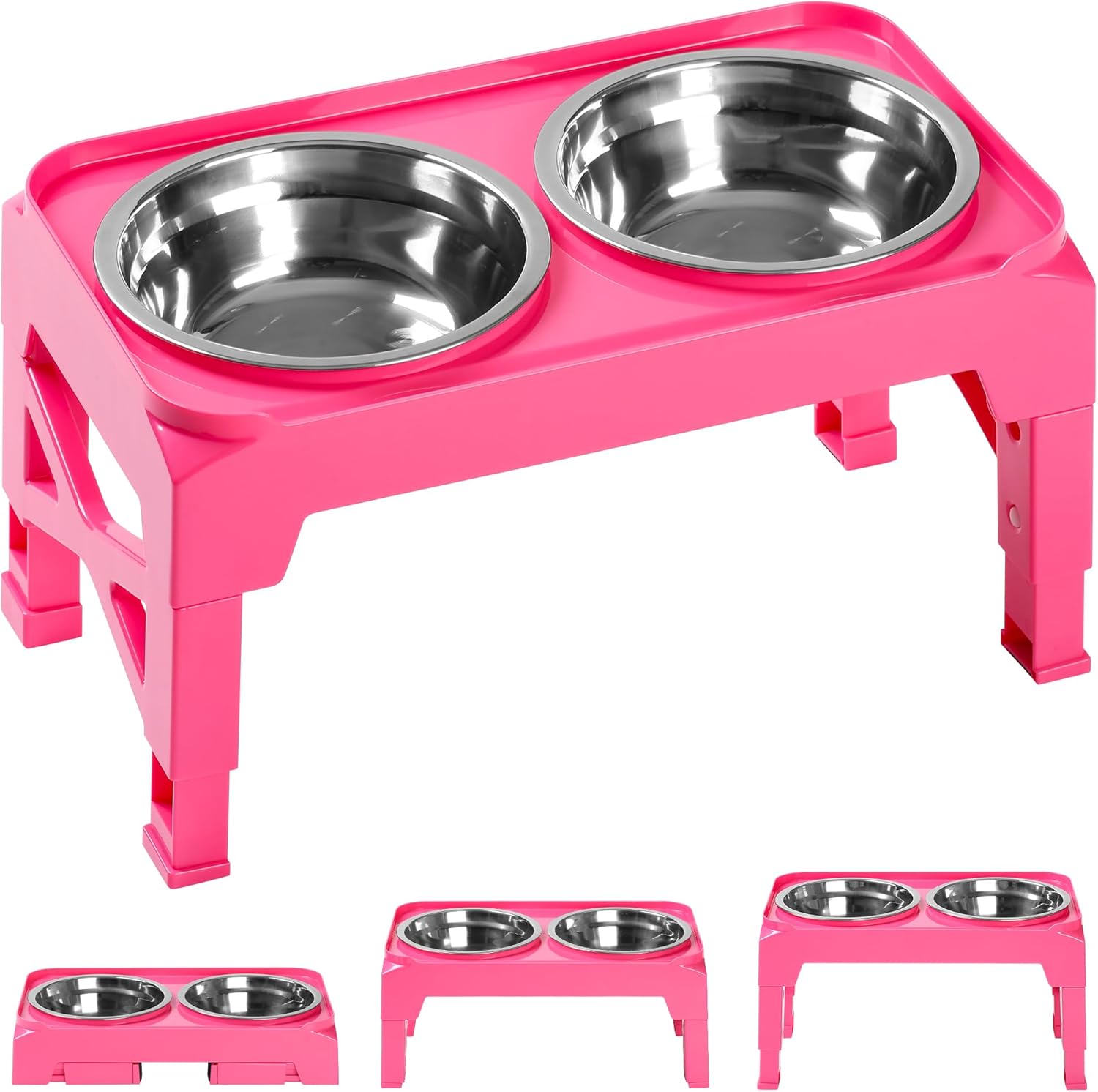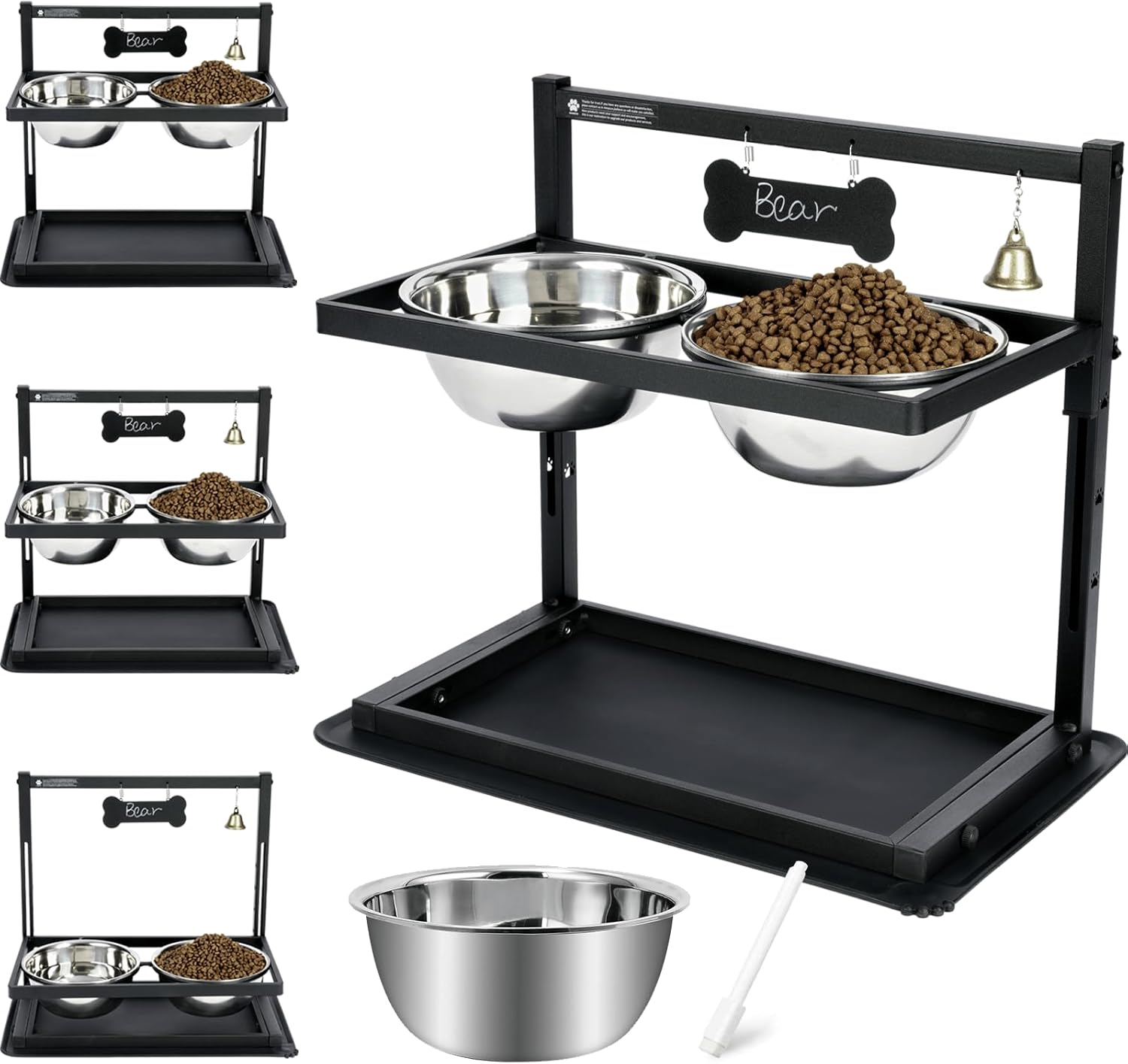How to Handle Complications in Dog Pregnancy: A Breeder’s Guide
Introduction
As a responsible dog breeder, it's essential to understand not only the normal progression of pregnancy but also the potential complications that can arise. While most dog pregnancies go smoothly, problems can sometimes occur that require immediate attention and intervention. Knowing how to identify complications, what to look for, and how to respond can help ensure the safety and well-being of both the mother and her puppies. In this guide, we'll walk you through some common pregnancy complications in dogs, how to handle them, and when to seek professional help.
1. Common Pregnancy Complications in Dogs
A. Pyometra
What is it?
Pyometra is a serious infection of the uterus that typically occurs in older, unspayed dogs. It can develop during or after pregnancy and can be life-threatening if not treated promptly. The infection causes the uterus to fill with pus, leading to pain, fever, and other symptoms.
Symptoms to watch for:
- Lethargy
- Increased thirst and urination
- Vomiting or diarrhea
- Abdominal pain or bloating
- Foul-smelling discharge from the vulva (if the cervix is open)
What to do:
Pyometra requires immediate veterinary attention. If you suspect your dog has pyometra, take her to the vet right away. The treatment often involves emergency surgery to remove the infected uterus.
B. Eclampsia (Milk Fever)
What is it?
Eclampsia, or milk fever, occurs when a dog experiences a drop in calcium levels, usually shortly after giving birth, as the body demands more calcium for milk production. This condition is most common in small breeds and can cause seizures, muscle tremors, and other severe symptoms.
Symptoms to watch for:
- Muscle tremors or seizures
- Restlessness or pacing
- Increased panting or rapid breathing
- Weakness or inability to stand
- Vomiting or diarrhea
What to do:
If you suspect eclampsia, contact your veterinarian immediately. Treatment usually involves intravenous calcium supplements to stabilize the dog’s condition. To prevent eclampsia, ensure your dog receives appropriate prenatal care and calcium supplementation before and after delivery.
C. Uterine Torsion (Twisting of the Uterus)
What is it?
Uterine torsion occurs when the uterus twists around its axis, cutting off the blood supply to the puppies. It’s a rare but serious condition that requires immediate medical intervention. Uterine torsion can cause the puppies to be deprived of oxygen, leading to fetal distress or death.
Symptoms to watch for:
- Abdominal swelling or bloating
- Sudden and severe abdominal pain
- Vomiting
- Inability to deliver puppies
- Lethargy or collapse
What to do:
If you suspect uterine torsion, seek veterinary care immediately. Surgery is usually required to untwist the uterus and save the puppies. Early intervention is crucial for the survival of both the mother and the puppies.
2. Miscarriage and Stillbirths
A. Miscarriage
Miscarriages can happen at any stage of pregnancy but are more common during the first few weeks. This could be due to genetic factors, infections, trauma, or hormonal imbalances. Miscarriages may result in the loss of one or more puppies.
Symptoms to watch for:
- Vaginal bleeding or discharge
- Severe abdominal pain
- Lack of movement or lack of heartbeat from the puppies (can be detected by ultrasound)
What to do:
If a miscarriage is suspected, take your dog to the vet for a check-up. The vet may perform an ultrasound or x-ray to confirm the loss and ensure that the uterus is empty. If a miscarriage is confirmed, follow your veterinarian’s advice for post-miscarriage care.
B. Stillbirths
Stillbirths occur when a puppy dies in utero. They can result from a variety of factors such as genetic defects, infections, or prolonged labor. Often, a stillborn puppy can remain inside the uterus without causing immediate problems, but it can lead to infection if not expelled.
Symptoms to watch for:
- A puppy born lifeless or with no heartbeat
- Prolonged labor or failure to pass the stillborn puppy
- Lack of contractions after the birth of a dead puppy
What to do:
If your dog delivers a stillborn puppy, make sure that it is safely expelled from the body. If the mother is unable to deliver the puppy, or if more puppies remain inside, consult your veterinarian. In some cases, a C-section or manual removal of the dead puppy may be required.
3. Prolonged or Difficult Labor
What is it?
Difficult labor (dystocia) occurs when there are complications in delivering the puppies. It can result from physical obstruction, uterine inertia (lack of contractions), or the puppies being too large to pass through the birth canal.
Symptoms to watch for:
- Labor lasting longer than 24 hours
- No progress in delivering puppies despite strong contractions
- A puppy stuck in the birth canal
- Weak or absent contractions
What to do:
If labor lasts more than 24 hours without producing puppies, or if there is significant distress, a veterinary intervention such as a C-section may be necessary. Don’t wait too long before seeking help, as the puppies can be at risk of dying due to lack of oxygen or other complications.
4. Postpartum Hemorrhage
What is it?
Postpartum hemorrhage is excessive bleeding after the birth of the puppies, often caused by retained placental tissue, uterine trauma, or uterine infections. It can lead to shock and, in severe cases, death if not addressed.
Symptoms to watch for:
- Excessive bleeding after delivery
- Weakness, lethargy, or collapse
- Pale gums or mucous membranes
- Rapid heartbeat or difficulty breathing
What to do:
If your dog is bleeding excessively after delivery, seek immediate veterinary care. The vet may need to administer fluids, perform a blood transfusion, or take other measures to stop the bleeding and stabilize the dog.
5. When to Seek Veterinary Help
It’s important to know when to seek help during your dog’s pregnancy or labor:
- Early signs of complications: If your dog shows signs of distress, severe abdominal pain, or abnormal discharge early in pregnancy.
- Prolonged labor or lack of progress: If your dog is in labor for more than 24 hours without delivering puppies, or if there’s a long gap between the births of puppies.
- Severe symptoms post-labor: If your dog has excessive bleeding, severe weakness, or failure to nurse the puppies after delivery.
If you are ever unsure, it’s always better to err on the side of caution and consult with a veterinarian. Early intervention is often key to avoiding serious complications and ensuring a positive outcome for both the mother and her puppies.
Conclusion
Pregnancy in dogs can be a beautiful experience, but it does come with its challenges. As a responsible breeder, it's crucial to be prepared for the potential complications that can arise. By recognizing the symptoms of common pregnancy complications and knowing when to seek professional help, you can ensure the safety and health of both the mother and her puppies. Always consult your veterinarian for advice and guidance throughout the pregnancy, and remember that early detection and intervention can save lives.
Affiliate Products



